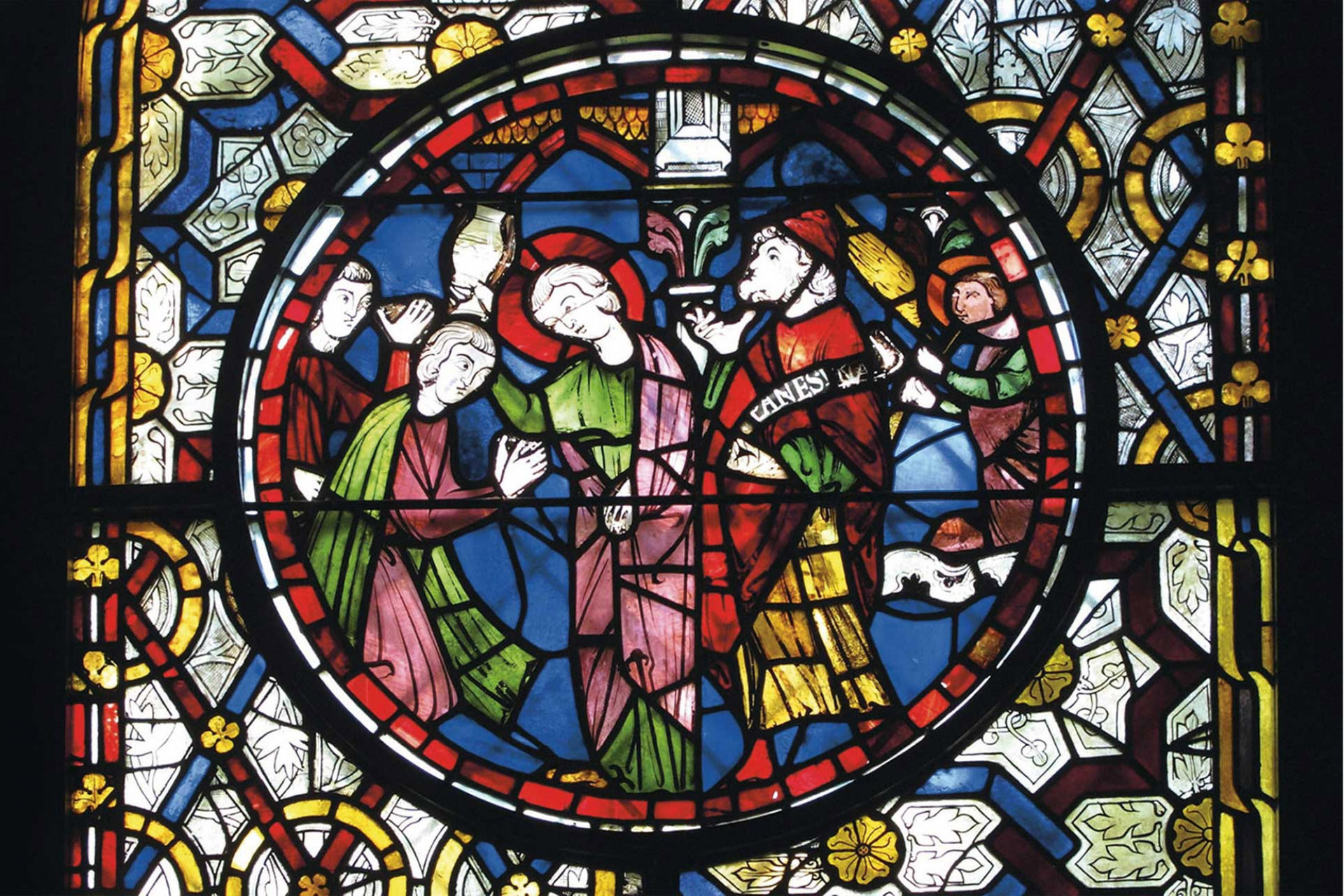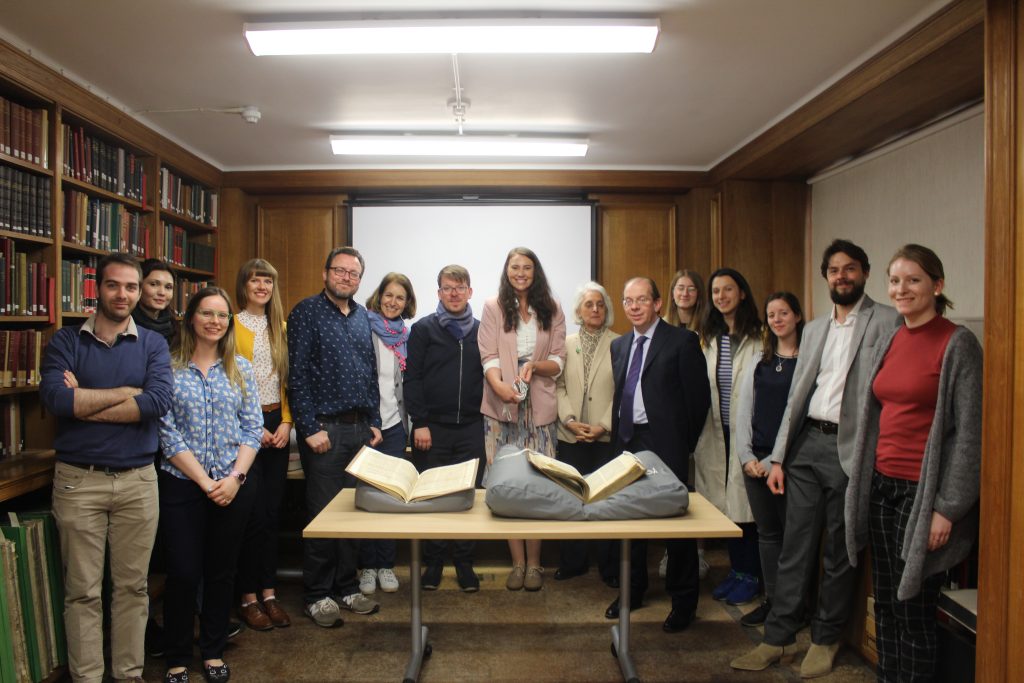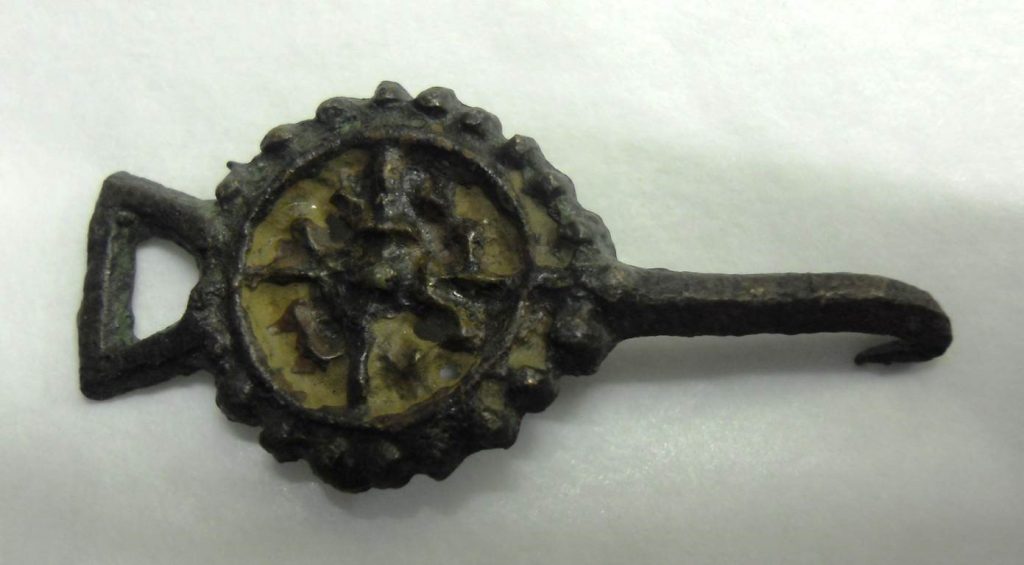On 16th of May 2019 Canterbury Cathedral hosted the 6th session of this year’s Material Witness, the ‘interdisciplinary training programme for the interrogation of physical … Read more
Tag: Material Witness
Material Witness: Taste, Contact and Memory
Our very popular graduate training programme, funded by the CHASE consortium, is back again for 2017 – book now to avoid disappointment! Material Witness: Taste, … Read more


